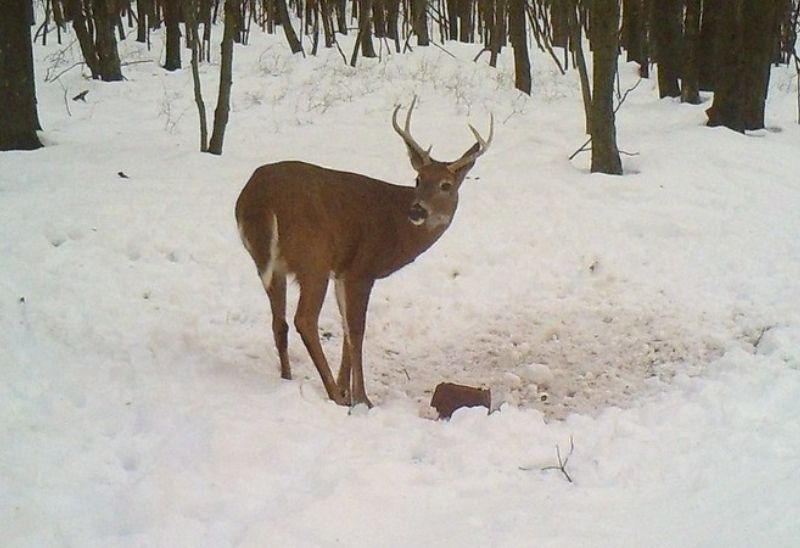Photo courtesy of James Gates on Flickr
Once fall planting is complete and hunting season begins, most people are thinking about venison recipes, not late fall and winter forage. But part of year-round nutrition is ensuring there is food available during this low-growth time of year. Think of it as stockpiling for winter.
Stockpiling is a term used in the grazing community. It means producing and reserving supplemental forage for consumption later in the calendar year when natural growth is slow. Deer need 365-day nutrition just like cattle. Stockpiling forage is one way of ensuring feed when the deer need it, but when the weather and season don't provide it in great quantity. It's the outdoor version of canning produce for winter!
Stockpile Winter Deer Forage
Many people think about ‘the now’, but the future is just as important. It's difficult and extremely unlikely to over-produce winter feed. Here are several crops and strategies on how to stockpile forages.
Bulbs
The most common winter forage to stockpile is bulbs. Examples of bulbs are turnips, sugar beets, rutabaga, radish and swedes. These all produce both nutritious leafy top growth as well as a high carbohydrate (read energy) bulb. Deer seek and eat bulbs when other forages have been exhausted or are undesirable. But not all bulbs are appealing. Over-mature or improperly fertilized bulbs offer sub-par nutrition and will likely be passed over. With some simple planning and attention, bulbs offer an inexpensive winter supplement to hungry herds.
 Photo courtesy of stanze on Flickr
Photo courtesy of stanze on Flickr
Grains
Another option for stockpiling would be grain or forage sorghum, millets, and Egyptian wheat. These grains all produce seed heads that are consumed by deer and many species of birds and also double as screening and bedding options for wildlife.
Corn and soybeans are also popular choices for stockpiling. There are pros and cons to utilizing corn. Corn can be expensive to plant, and many newer varieties of corn are not fully digestible for deer. But it does stand tall, is easy for deer to utilize, and is highly palatable. Depending on your food plot size and budget, corn might fit your needs.
Any pod-producing soybean can also double as a stockpiled winter energy source if it lasts into winter. The key is to have enough planted acreage to ensure availability.
Cool Season Legumes
Another option for stockpiling is cold-tolerant annual clovers. Deer Creek Seed's Triple Treat Annual Clovers Mix is an excellent winter mix. It grows fast in the fall and stays highly nutritious in the cold, short days of winter.
Alfalfa is another outstanding food source year-round. Alfalfa physically stands up better than clovers and, as a result, is more easily consumed by deer. Even after going dry and dormant in October, alfalfa retains its high forage quality. It can be tricky to get established, but a strong alfalfa stand is irresistible to grazers!
Stockpiling Strategies
Once you've decided on a crop (or crops) to stockpile, you need a plan that suits your food plt size and crop preferences.
Overproduce
If you have the space and equipment, one approach is simply to plant and grow a larger quantity of forage than the herd will consume in the fall. This could be through bulk acreage or multiple plots. If you are counting on this food source for winter and not controlling the grazing rate, don't skimp on acreage.
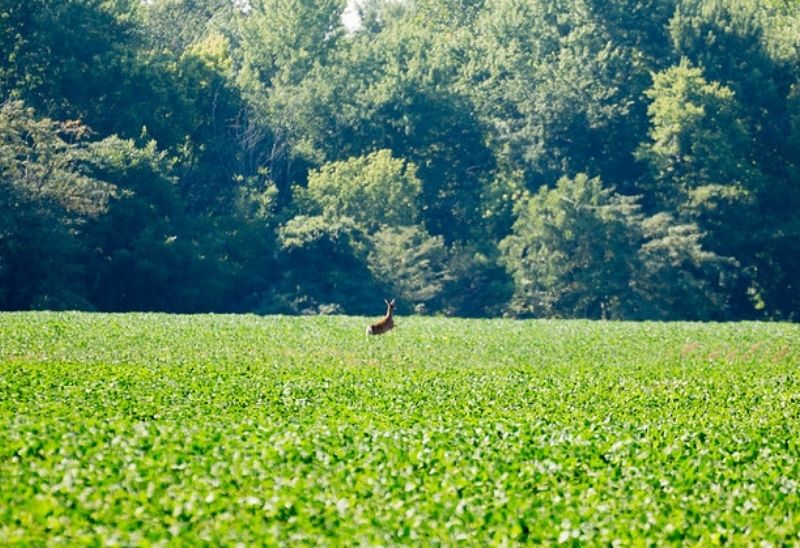 Photo courtesy of the United Soybean Board on Flickr
Photo courtesy of the United Soybean Board on Flickr
Fence
If your food plot space is limited, you'll need a different approach. Small plots are possible to control with portable electric fencing. Fence the deer out of stockpiled plots until late in the season or partially fence plots and release areas slowly as needed.
Overseeding
Another option is overseeding. Summer-grown corn and soybeans can be overseeded with grains, brassicas, bulbs, and annual clovers for an extra late-season forage source. The existing plants will act as a nurse crop, fixing nitrogen (from soybeans) and providing cover for late-producing forage. This strategy also provides a nice dietary continuum that produces across multiple seasons. Deer that find these plots will frequent them for the reliable, steady buffet.
Whichever crop and approach you choose, establish a plot rotation. Let one crop compliment another. Stage your plots across your land to channel deer travel along controlled corridors and to hold deer on your property. Offering quality food from January through December tilts the odds of hunting season success in your favor.
Manage Plant Lifecycles
Perennial crops initially focus their energy (read sugary carbohydrates) on leaf growth. But as the season progresses, plants move into a reproductive phase, trading leaf growth for flower and seed production. This change in energy affects the crop's palatability to deer. That's why grazing or clipping perennials keeps them in tasty leaf-growth mode.
With alfalfas and clovers, the key is not to clip too late. The further north you live, the earlier you need to stop clipping and allow new top growth before the plants shut down for the season. But there's a catch. Don't allow the forages to grow unchecked for too long, or they will overmature and head/flower out, resulting in a less desirable forage. It's a balancing act between leaving the crop enough regrowth time without over maturing and triggering the reproductive cycle.
In northern states, generally, stop clipping by September 1. In the central parts of the U.S., September 15 is a good target date, and in the deep South, October 1.
If nature surprises you with a longer growing season than expected and your perennials start to blossom out, you can lightly top the forages just to remove flower growth. This won't shut down the plant's root system and will stimulate fresh regrowth, temperature permitting.
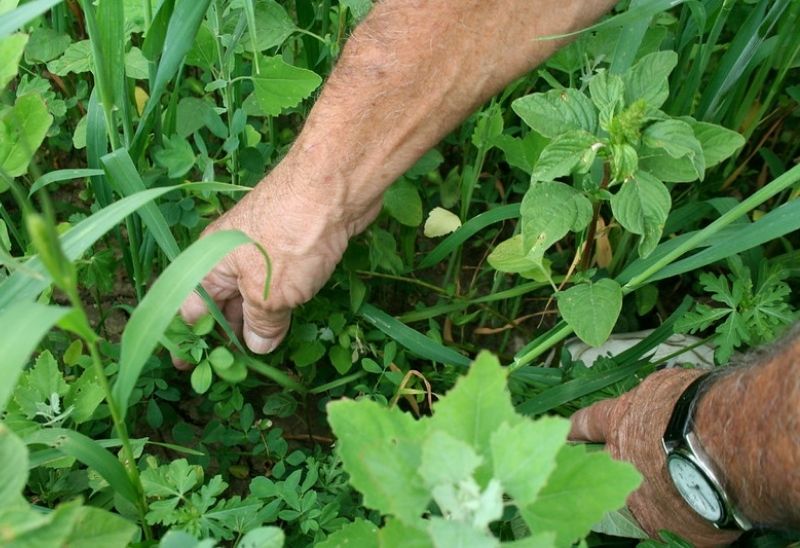 Photo courtesy of Daniel X. O’Neil on Flickr
Photo courtesy of Daniel X. O’Neil on Flickr
Phase-In Feed
Lastly, if you're considering providing deer with any supplemental feed, start in the fall (especially if the feed is not part of their usual diet). Gradually introducing supplemental feed allows the deer's digestive system to adjust and avoids illness. Emergency feeding in January may seem compassionate, but a sudden input of an unfamiliar source can cause more harm than good.
Observe For Future Improvement
Now is a great time to assess your wildlife habitat. As you walk to or from your deer stands, take your time. Look around and scout your property. With each step, focus on what is under your feet. And once you get into your deer stand, look around. You might get a different perspective aloft versus on the ground.
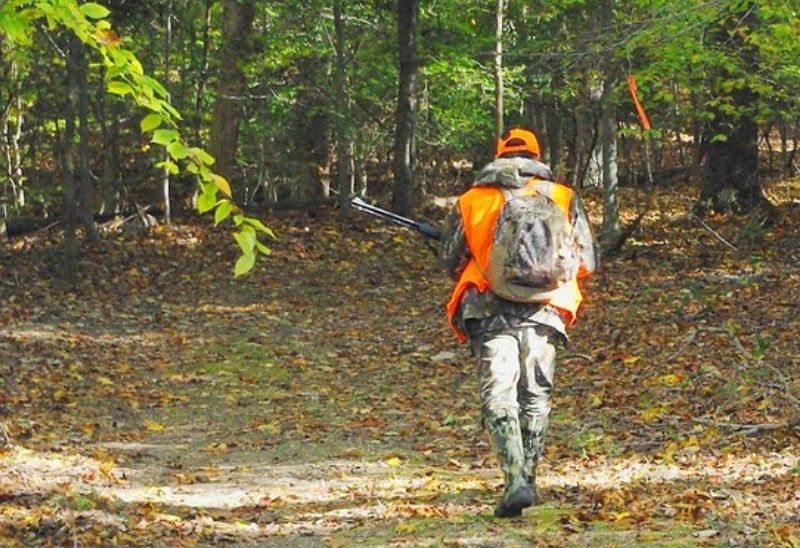 Photo courtesy of Virginia State Parks on Flickr
Photo courtesy of Virginia State Parks on Flickr
Fall Food Plot Checklist
Soil
Is the soil too compacted?
Does your soil seem healthy?
Are there weeds growing, and if so, which weeds are present?
Look for color changes in your food plots.
Look for problem areas or those where you see less than ideal growth compared to other spots in a field. Consider flagging these areas for future soil sampling.
Soil sampling should be a fall event for most of us, but most food plotters wait until spring. Why soil sample in the fall? If your soil pH is very low, it gives you the next couple of months to add lime and see the effect (agricultural lime takes up to 6 months to fully work).
The Lay Of The Land
Are you experiencing erosion?
Should you consider putting in contour strips of perennials to slow erosion?
Topsoil washing off your land ends up in our waterways, polluting water and reducing streamflow. Deer need these water sources too, so think with conservation in mind. Once you lose topsoil, it's not coming back! It takes 90 years to build one inch of soil. Take care of what you've got, or your grandkids will be the ones enjoying the harvest.
Perennial Preservation
Do you see color changes or stunted growth?
Did you winterize your perennials?
Perennial crops can be heavy feeders. Many need 100 pounds per acre of potassium (0-0-60) for every 1 ton of forage removal per year. Most perennials yield 2-4 tons per acre per year. Depending on your soil test results, this means you may need to apply 200 pounds of potassium down each year.
If your soils do require large amounts of potassium, you can split the fertilizer application, applying half in the fall and half in spring. Either way, fertilize your perennials or risk winter kill or short-lived stands. Perennial crops take time and effort to establish. If you've gone to the trouble, take care of them, and they will reward you for many seasons!
Consider Cover
Do you need more bedding sources? If you need more winter and summer bedding cover, fall is a crucial time to set yourself up for success.
In September or October, get a jump on spring by killing off weeds and vegetation in areas you want to establish warm-season native grasses. Then dormant-seed or frost seed the grasses after ground temperatures drop below 55 degrees. The increased amount of bare ground will enhance germination and produce fewer spring weeds since you're not disturbing the soil.
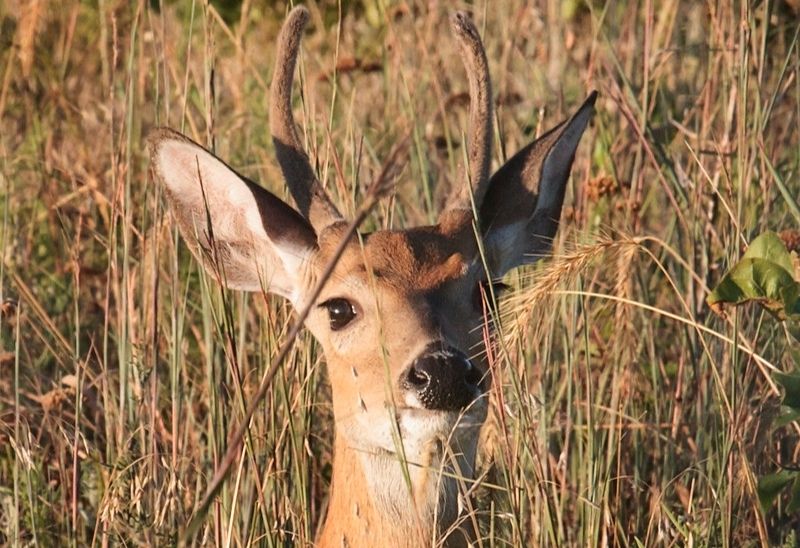 Photo courtesy of Larry Smith on Flickr
Photo courtesy of Larry Smith on Flickr
Reimagine Stand Locations
Another area to scout in the fall is where to change your stand locations for next year. Moving stands or blinds during hunting season is not ideal. Wait until February through April. This will allow you to observe deer movement patterns. But use your time in the woods now to assess what improvements you can make for the future.
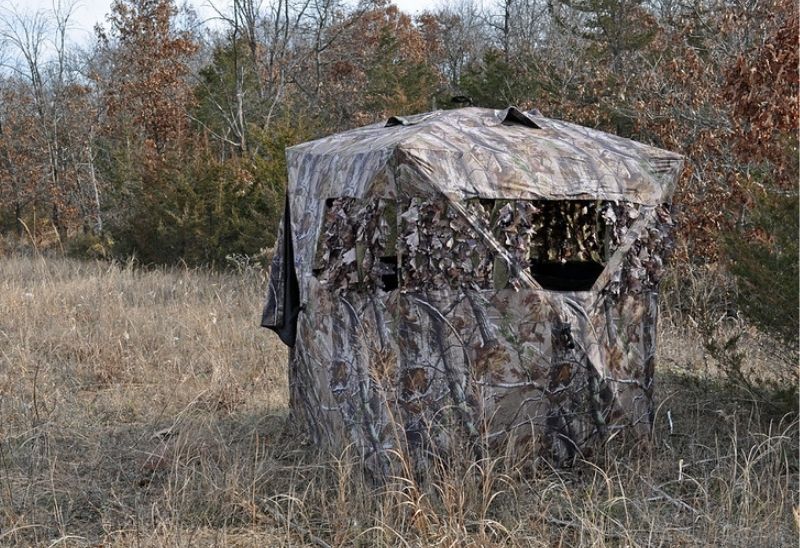 Photo courtesy of US Fish and Wildlife Service Midwest Region on Flickr
Photo courtesy of US Fish and Wildlife Service Midwest Region on Flickr
The long-awaited fall hunting season is a prime time to keep your eyes and ears open for hooves and more. Use your time in nature to identify ways to improve your land for all the wildlife you want to attract. Time in a tree stand or blind is an excellent opportunity to make observations and mental notes for future changes. Wildlife management is a journey. Enjoy the seasons and the ongoing pursuit of becoming a better land steward. The deer will notice.
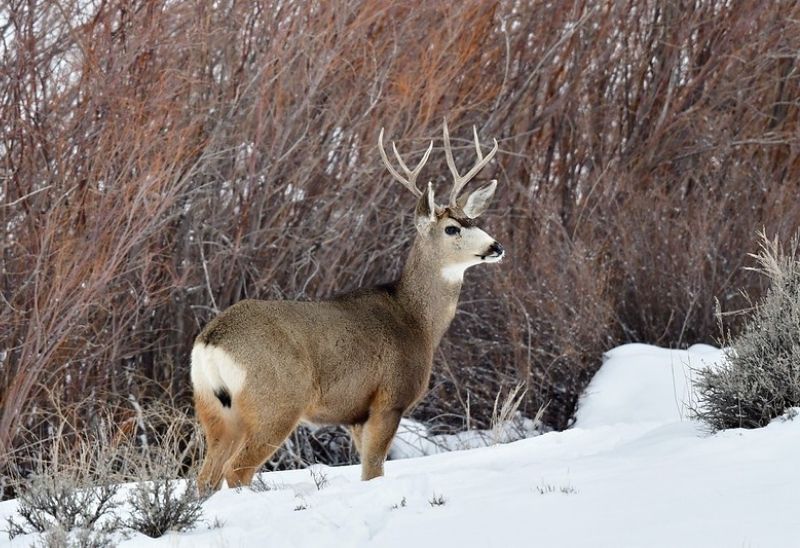 Photo courtesy of Larry Lamsa on Flickr
Photo courtesy of Larry Lamsa on Flickr



